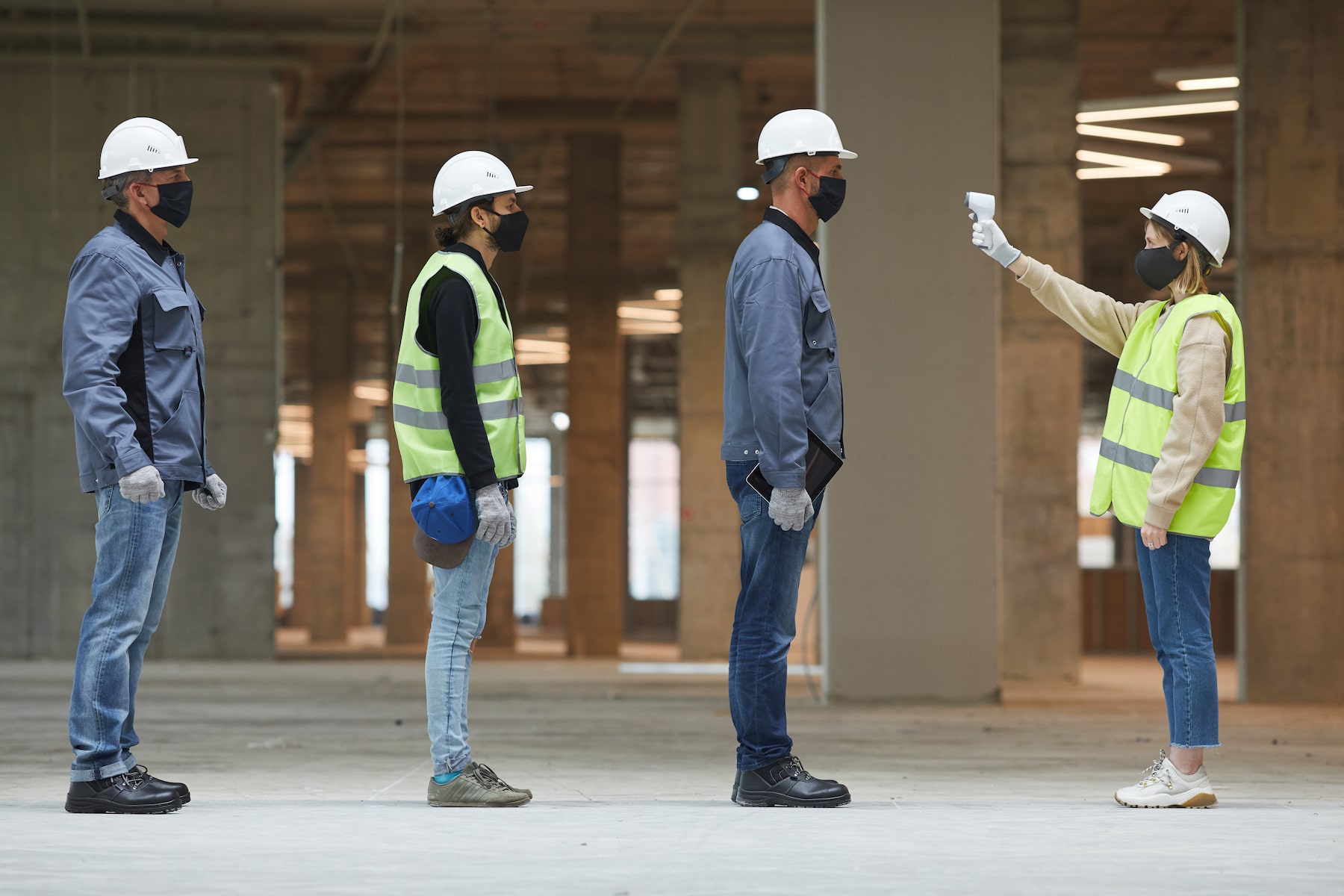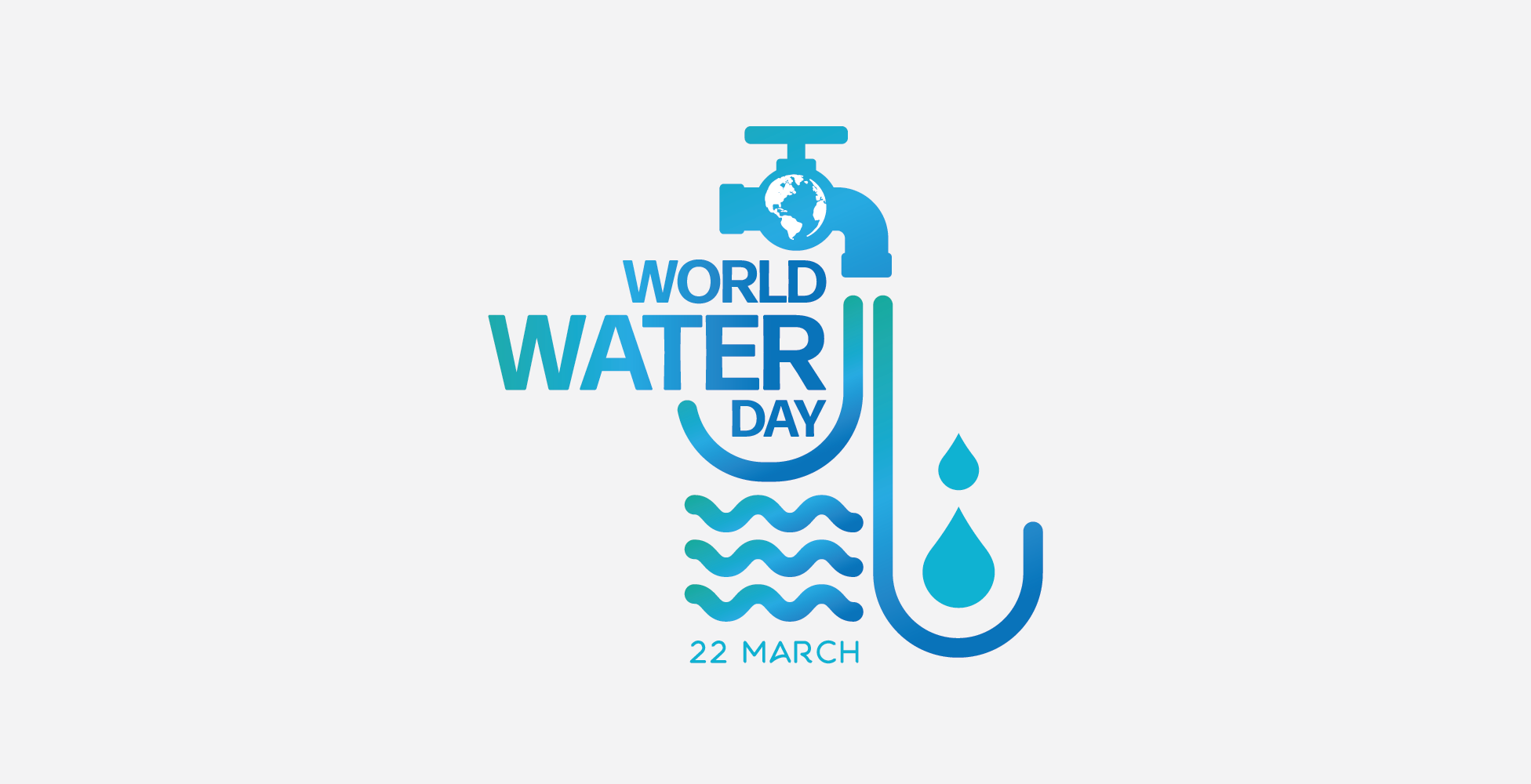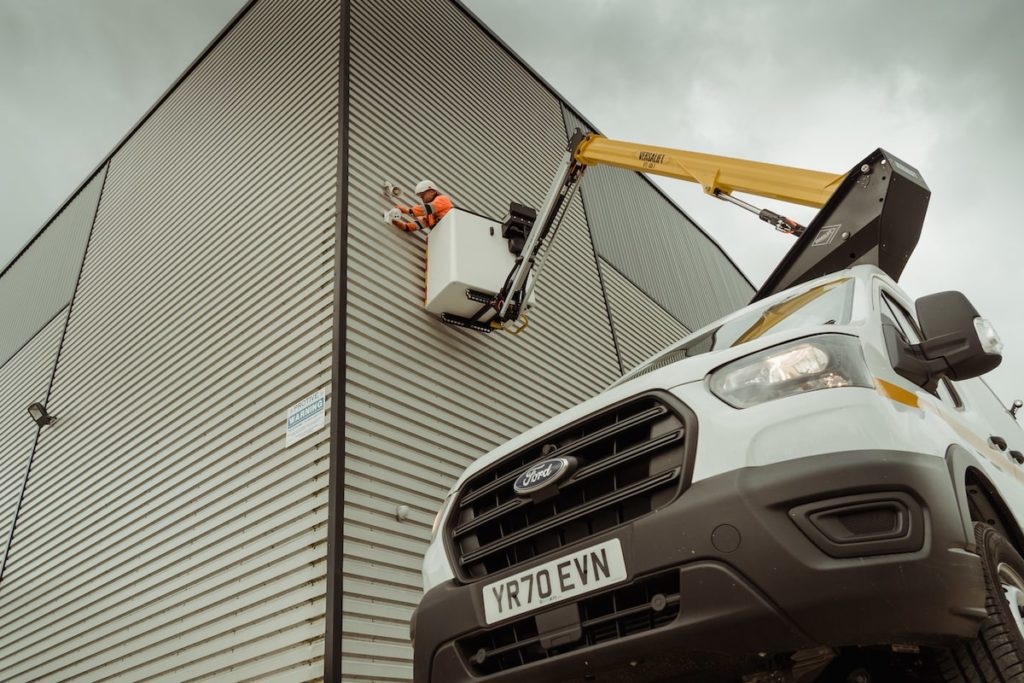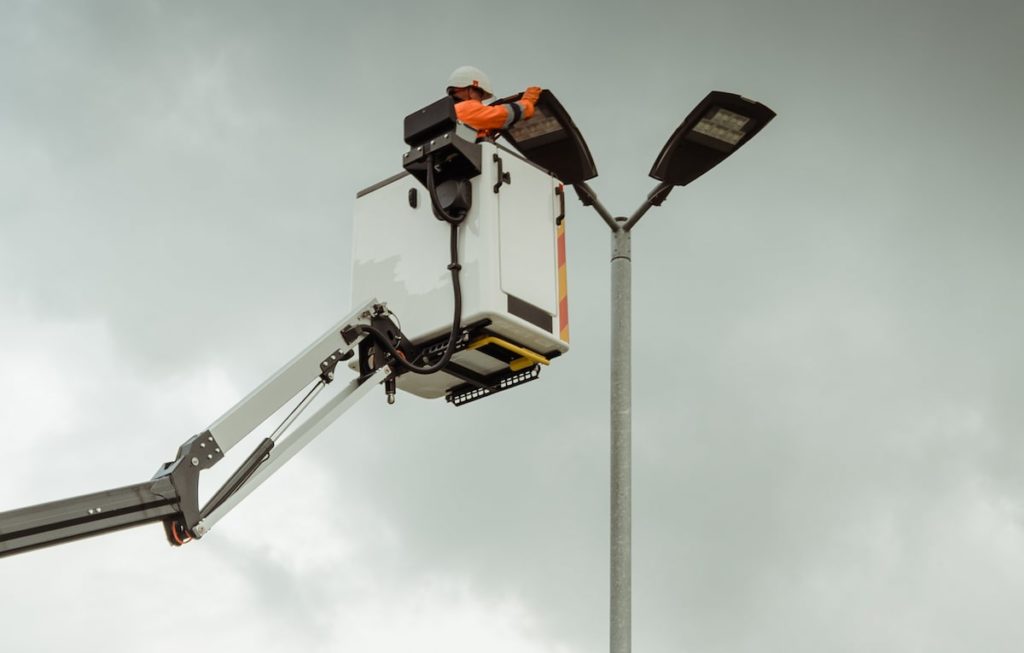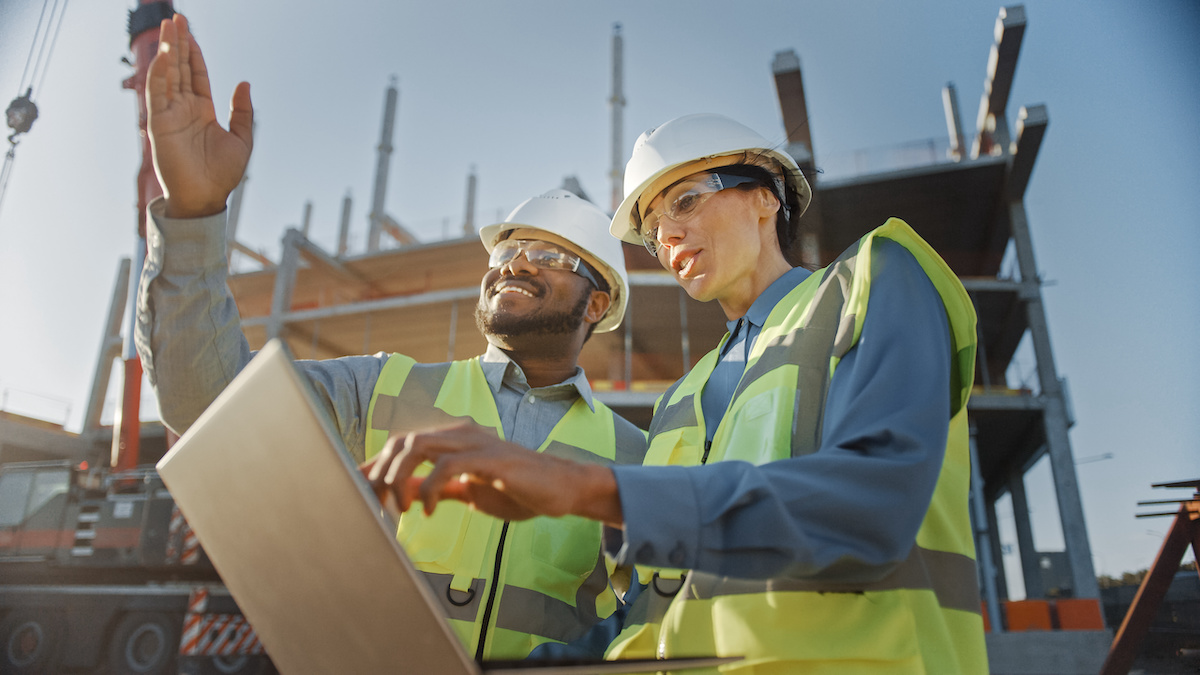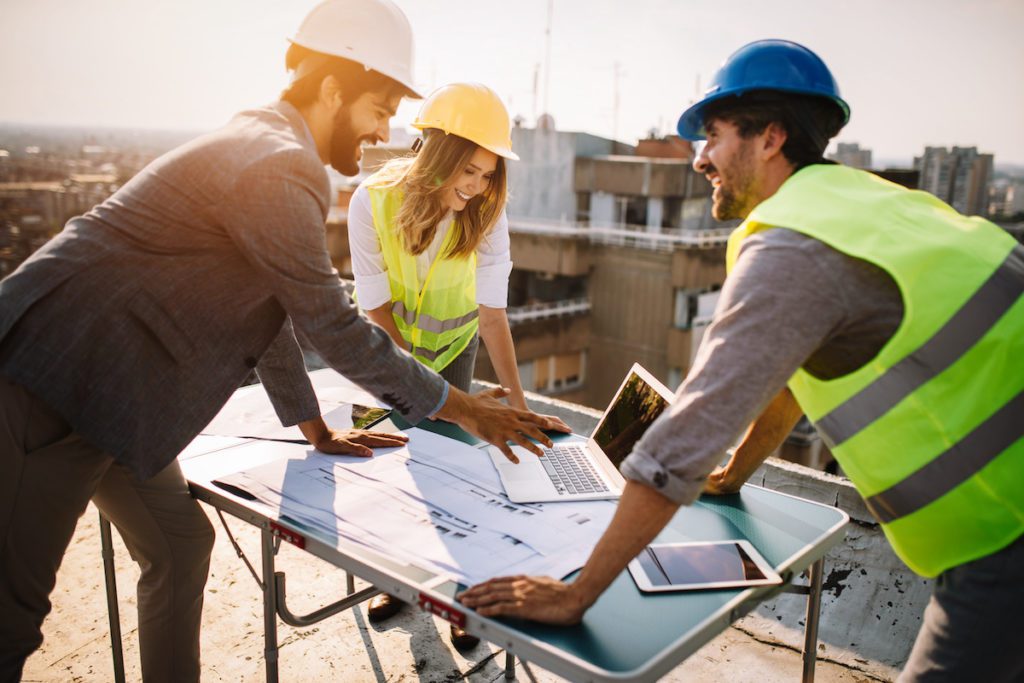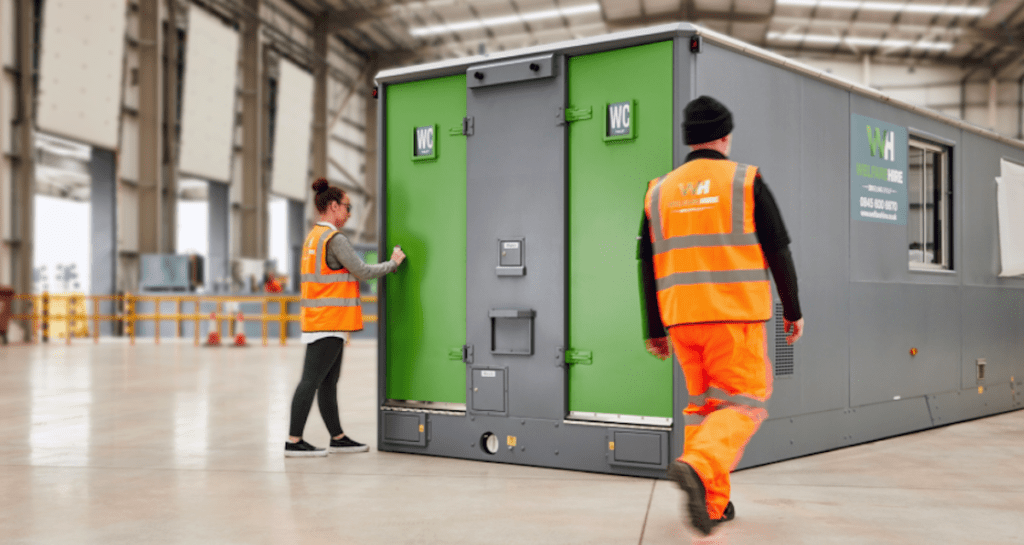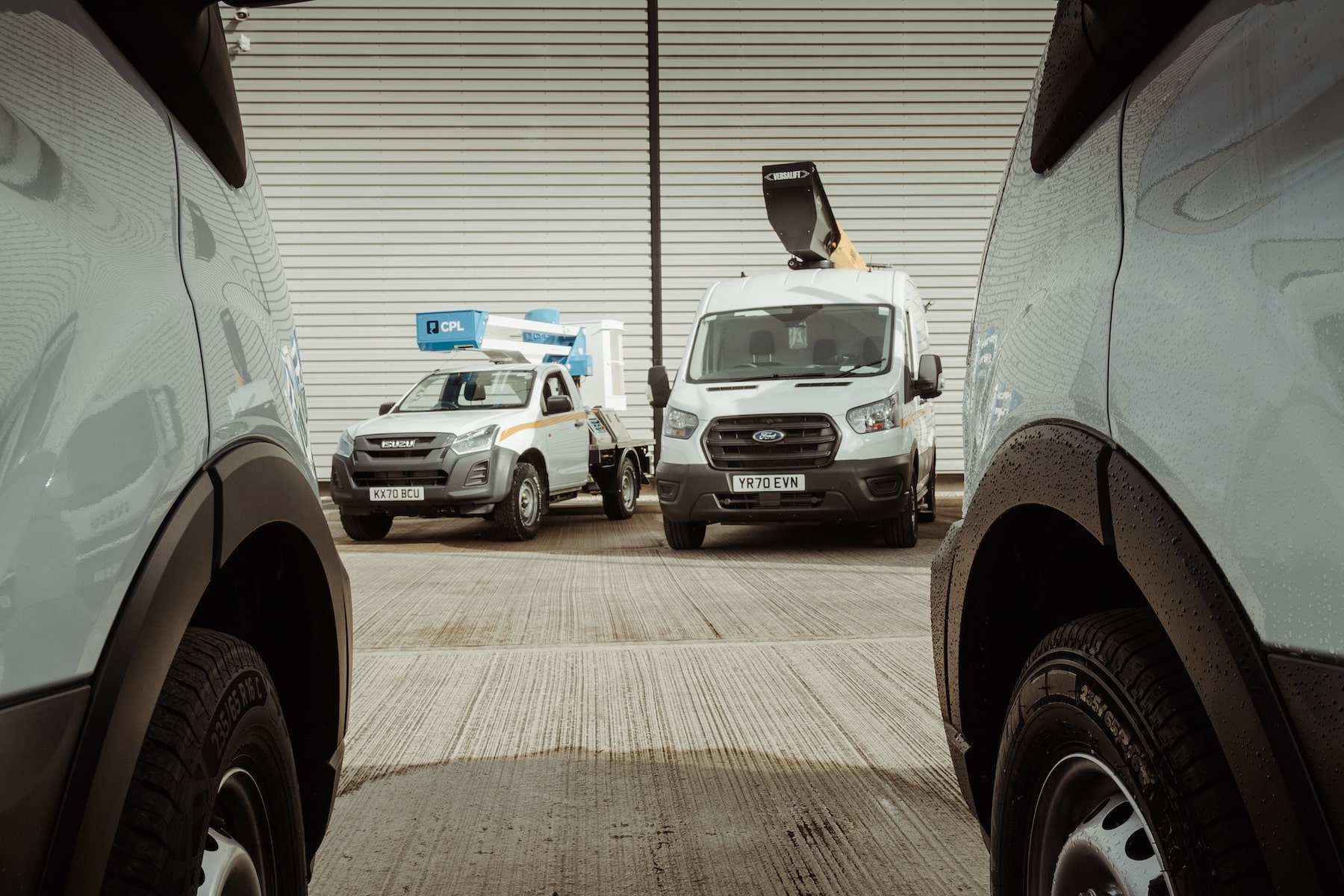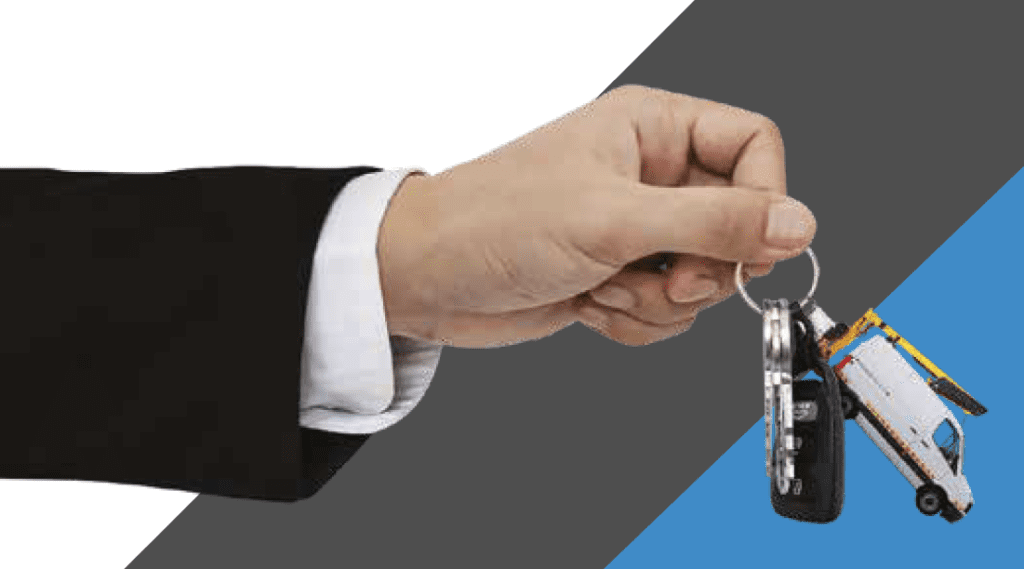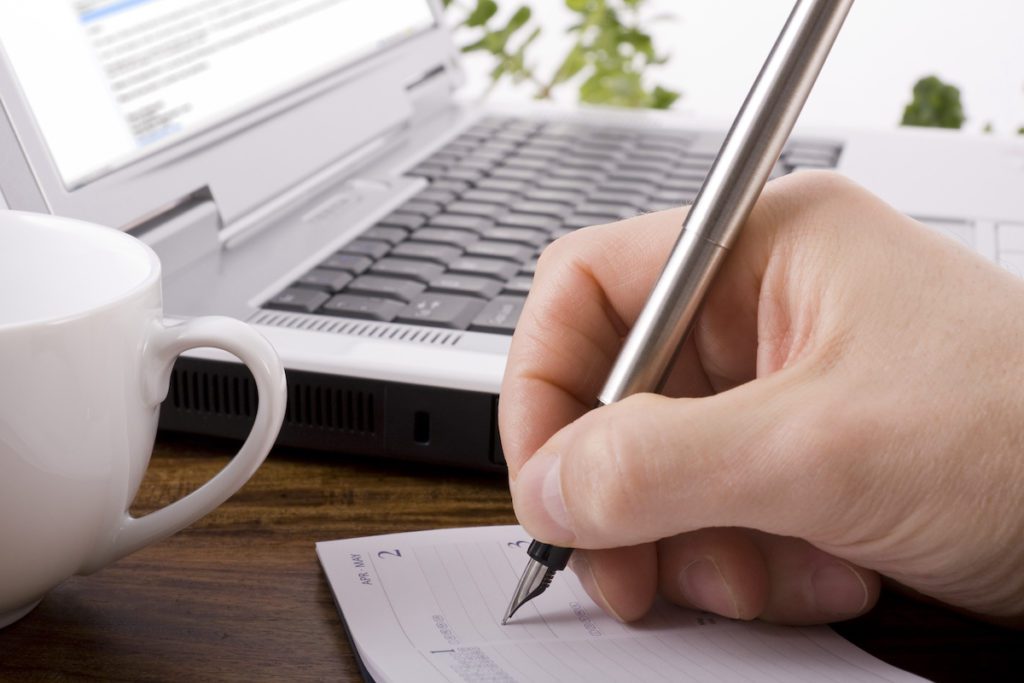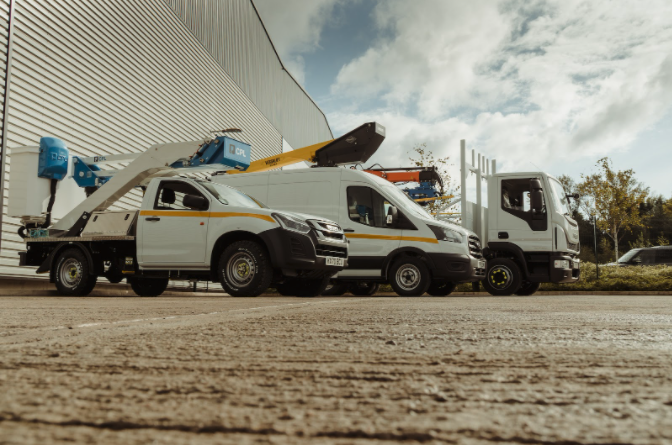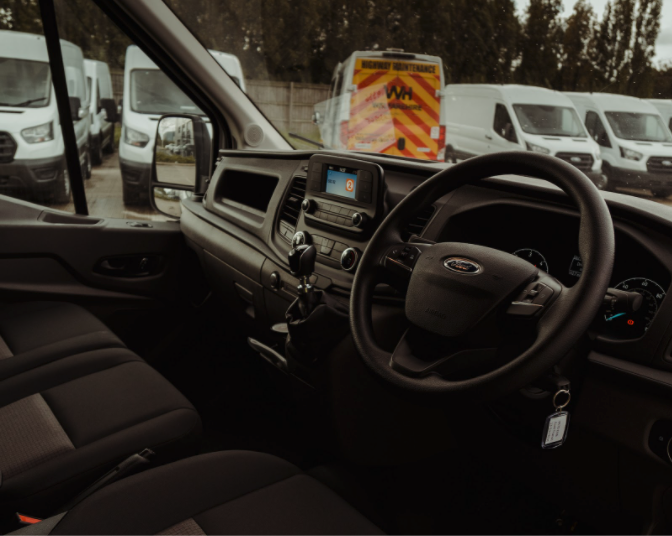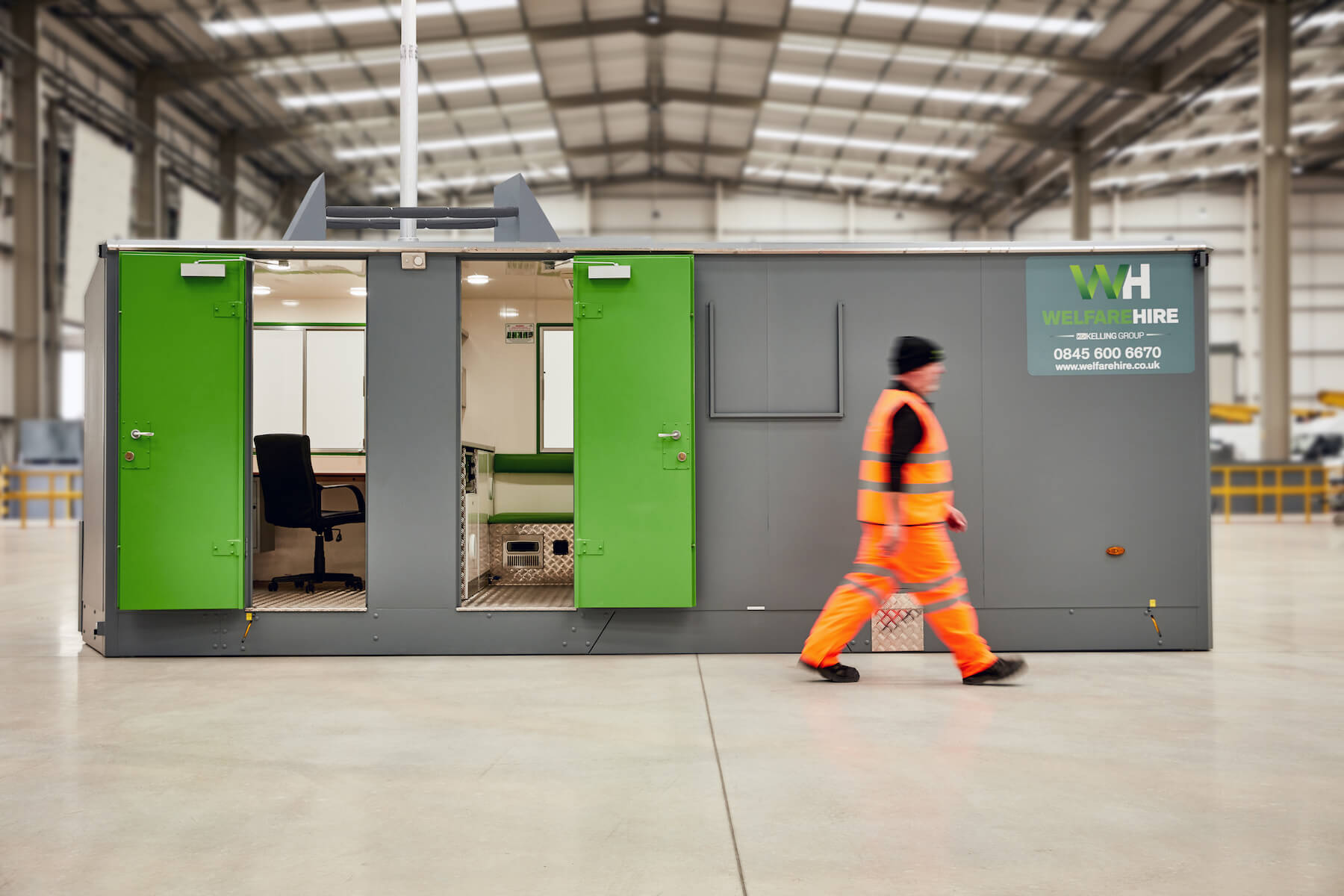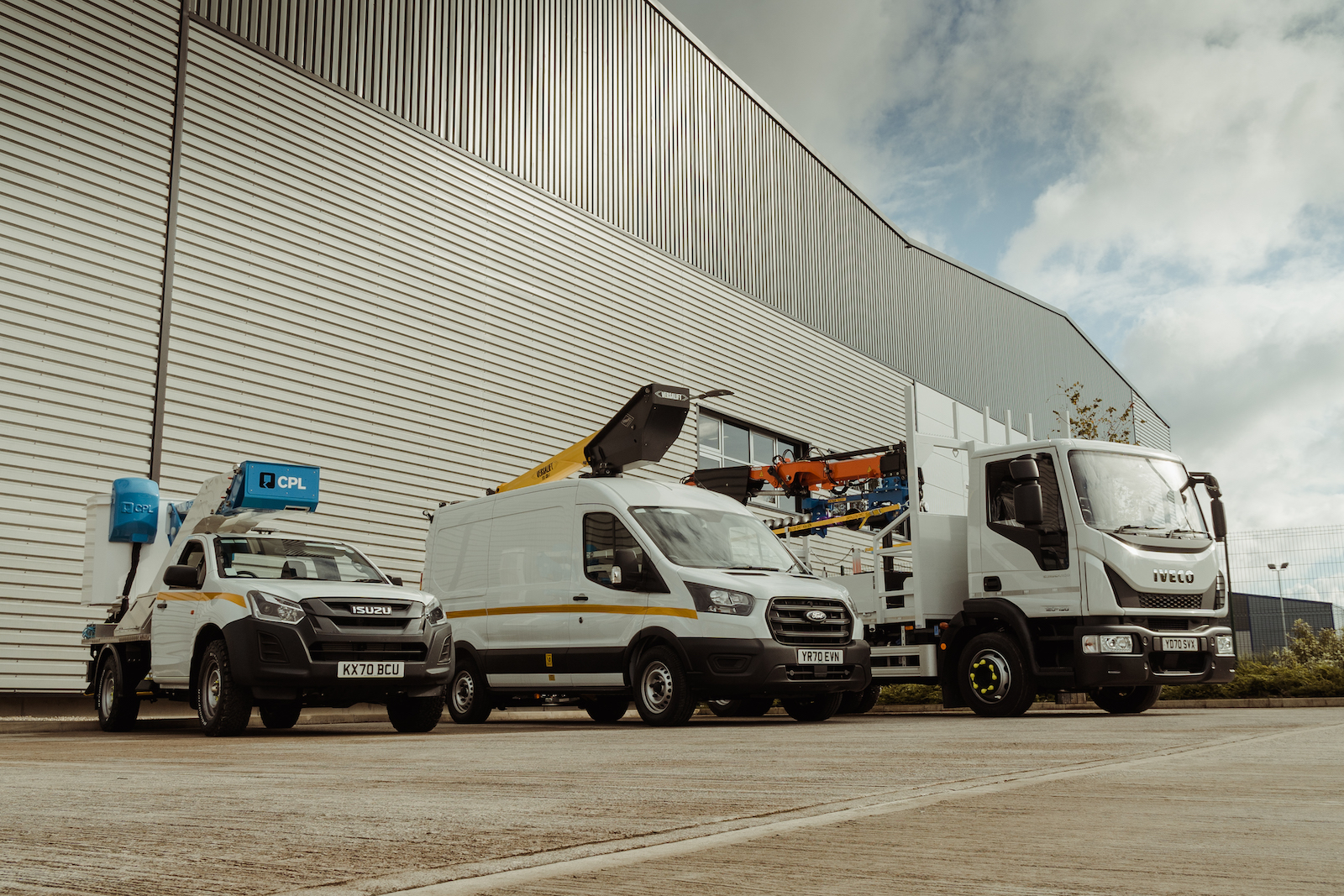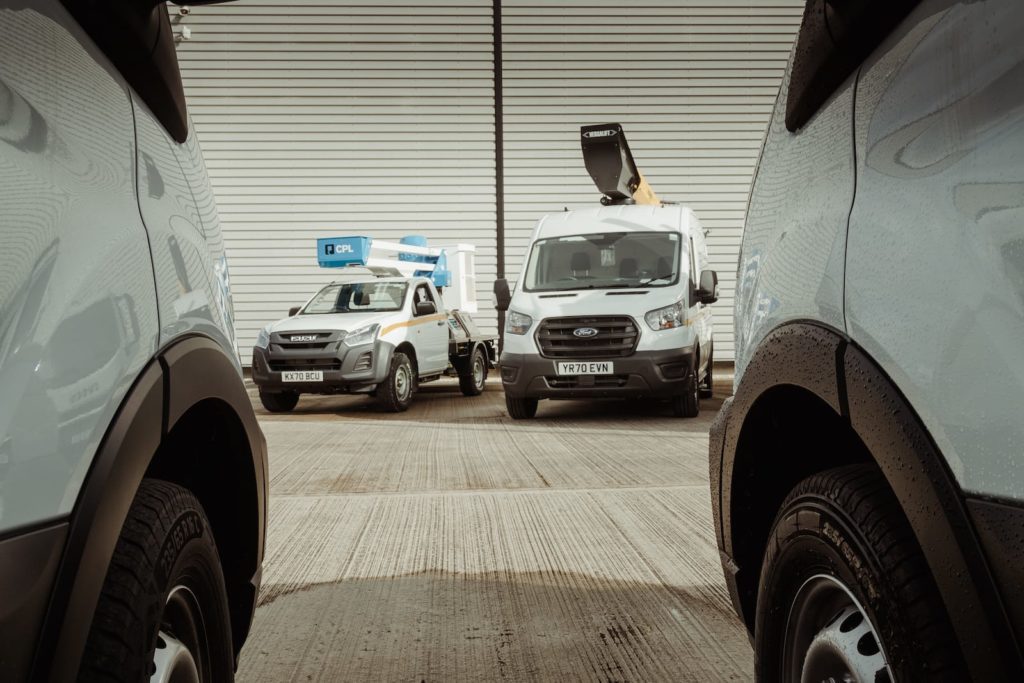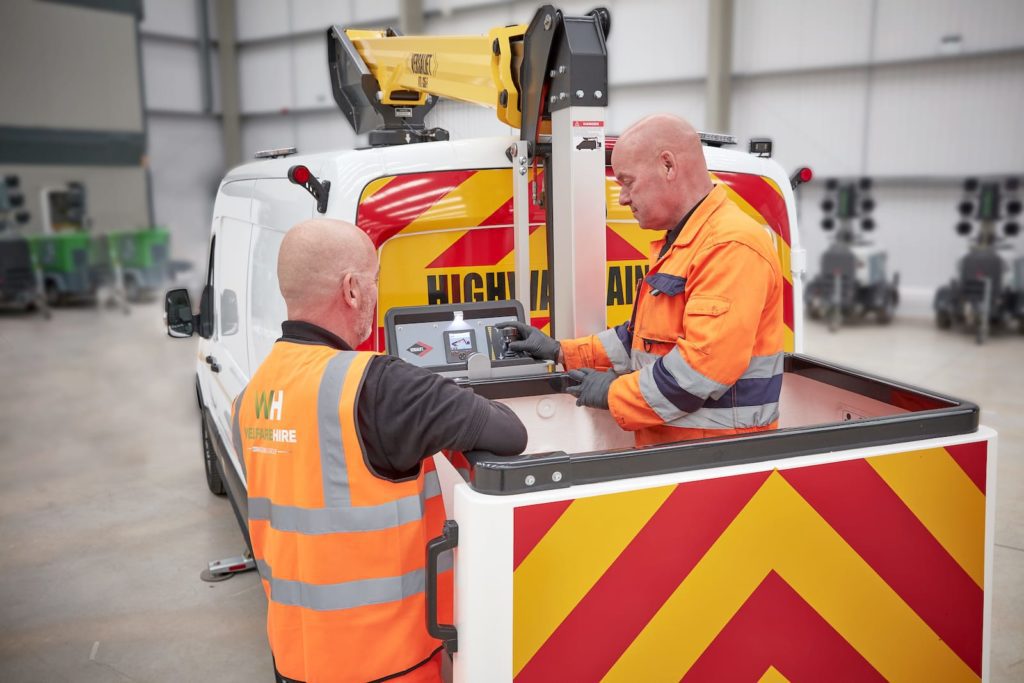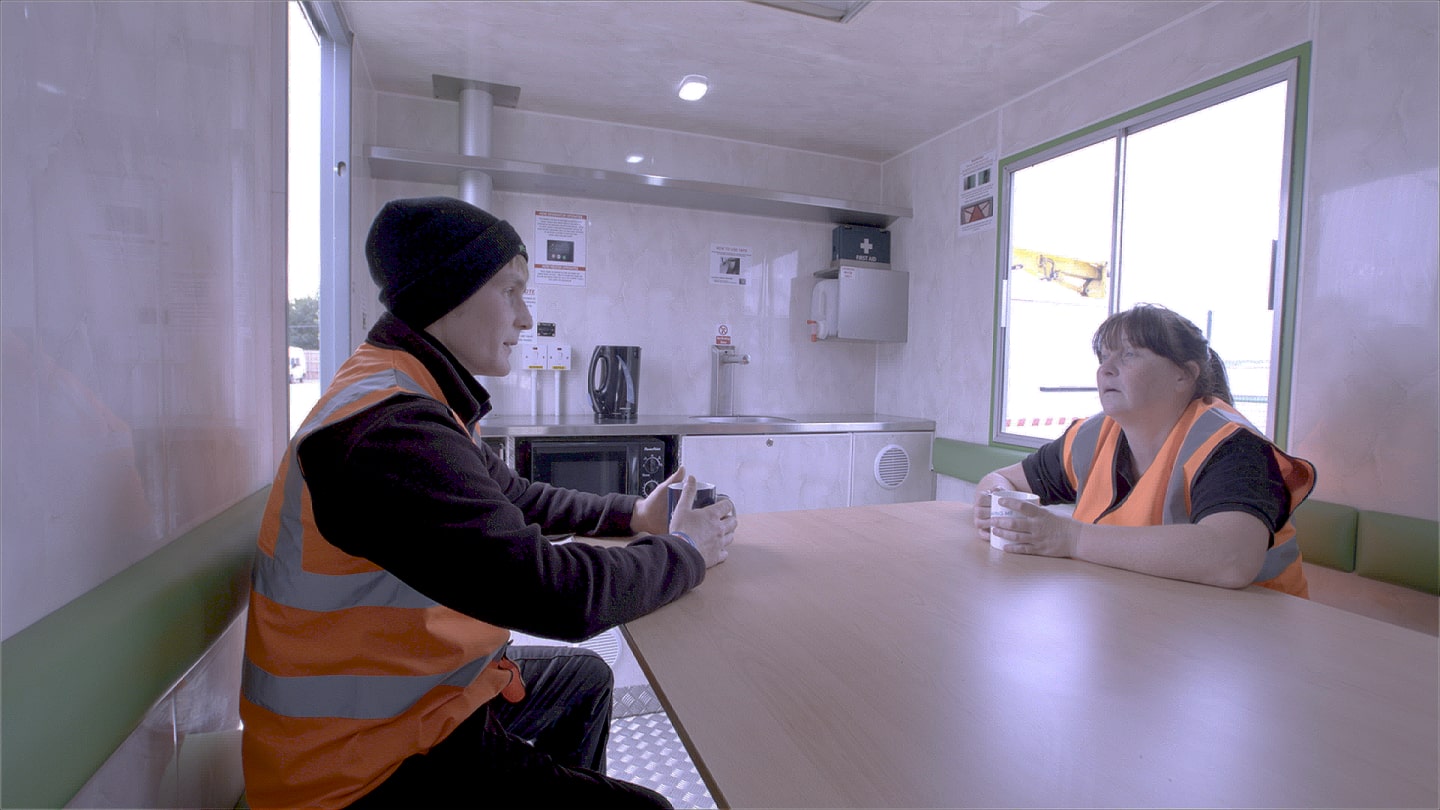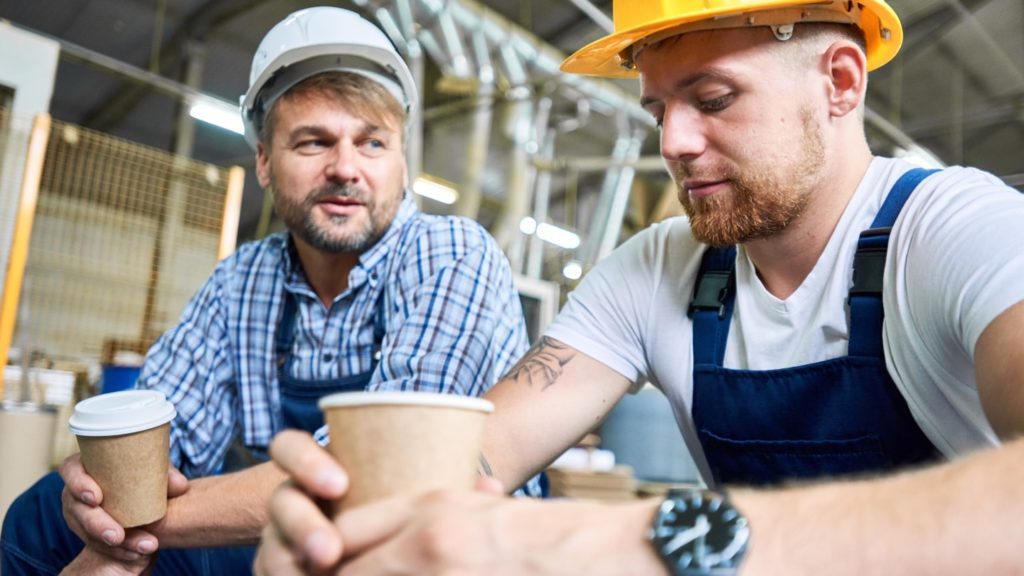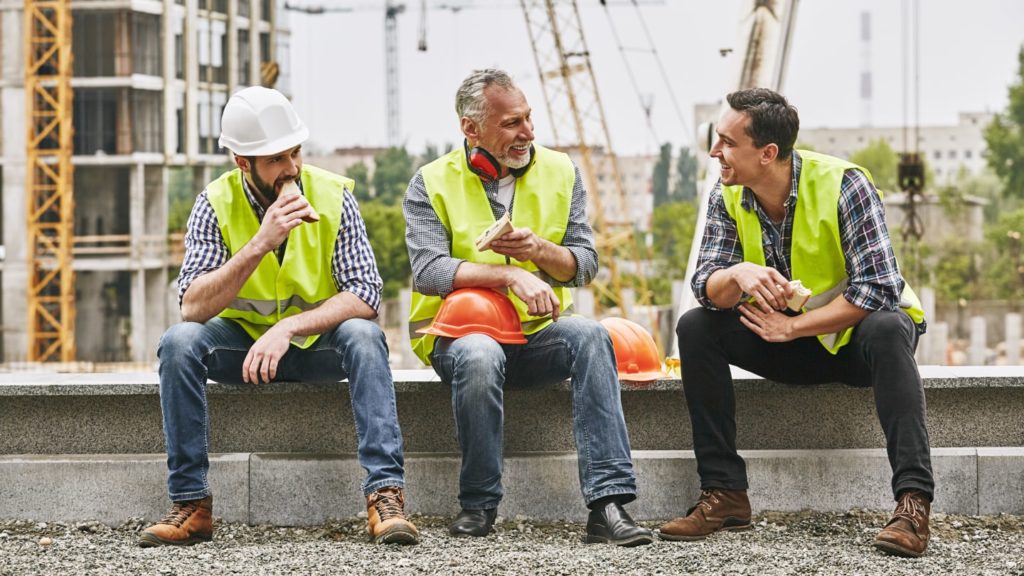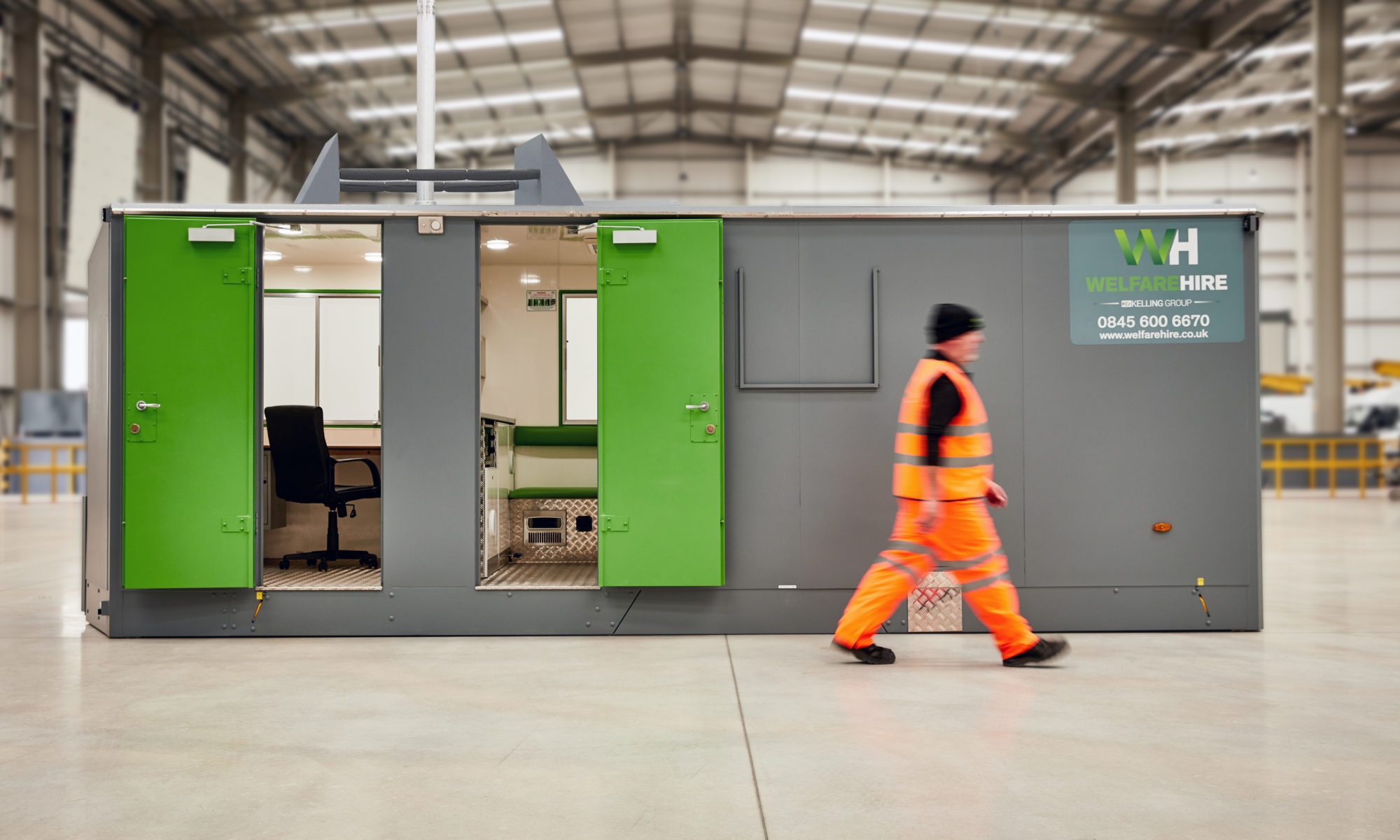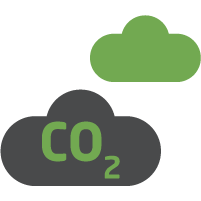Nothing could have prepared us for the last year: almost overnight, how we work and what safety means changed. And for those of us in the construction industry, the impact will surely be felt for years to come.
But with every challenge, there is opportunity. And while it will be a long time before we really understand the legacy of the pandemic, there is already so much we can learn from COVID-19 about worksite safety and how to develop more employee-friendly, productive sites.
In this article, we’re going to explore three ways we believe the pandemic could produce meaningful change in the industry.
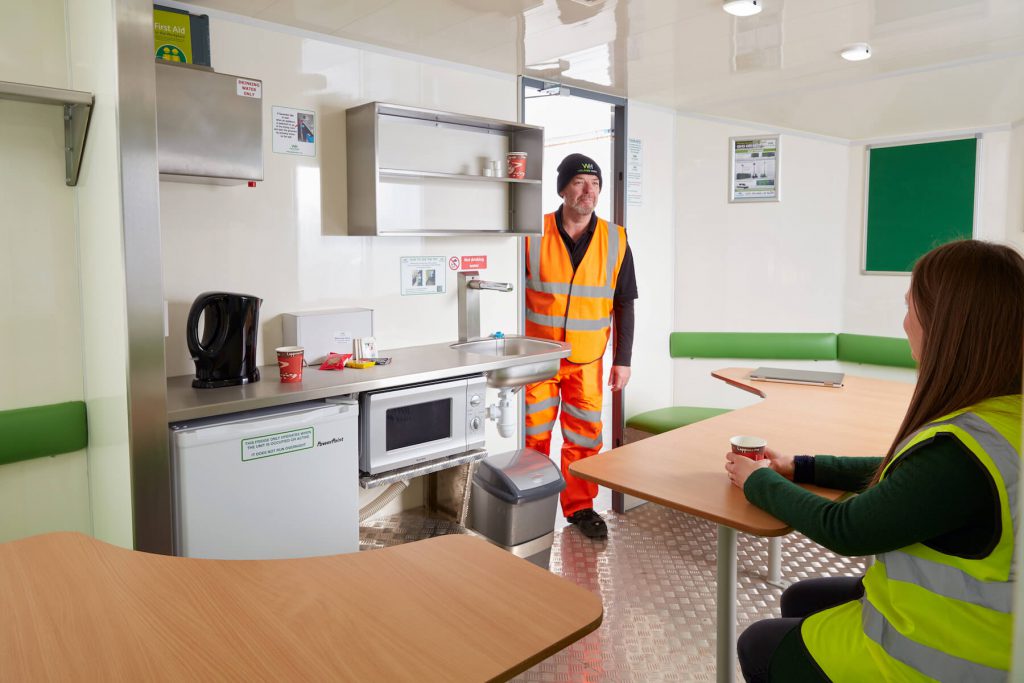
1. The power of space
During the pandemic, space has become a serious challenge for construction projects. Social distancing – combined with labour shortages – has caused a 7% decrease in productivity on site.
Many businesses are looking to solve these problems with innovative mobile welfare units that can provide employees with the space they need. Products like our Eco14 unit provide not just extra space, but separate rooms to ensure distancing can be maintained. And this is a trend which we believe should continue long after the pandemic is over.
Ultimately, worksites of the future will be safer, happier and more productive places if they embrace wellbeing and space not just as benefits but necessary elements of a secure working environment.
2. Hygiene is about ease
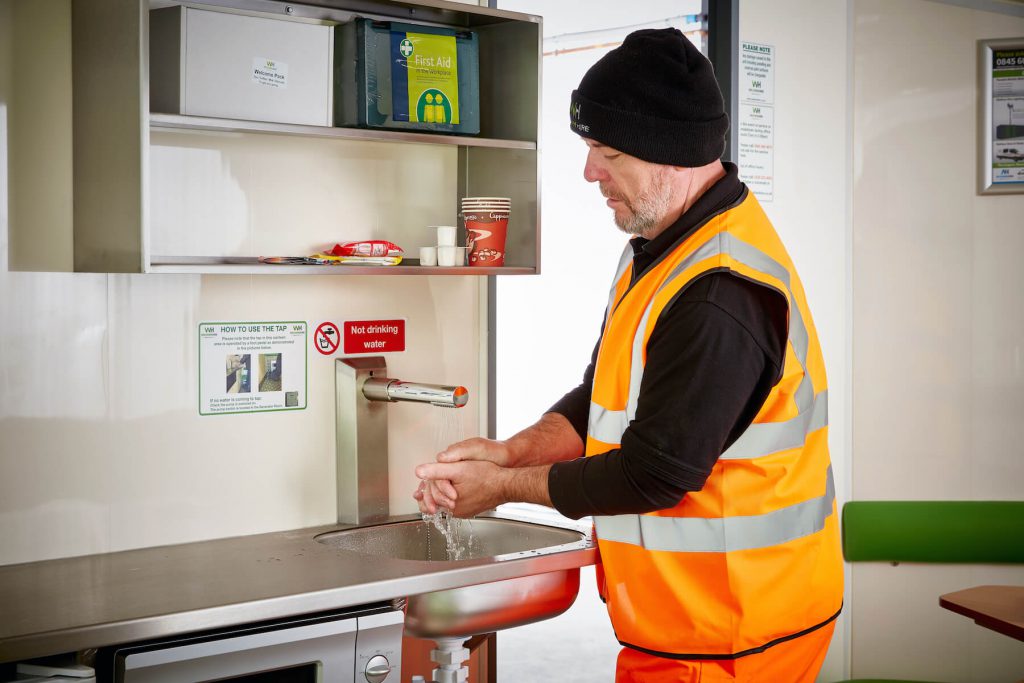
Good hygiene may well be the single most important weapon against coronavirus and more generally against illness spreading onsite. During the pandemic, a new emphasis has been made to ensure sites stay clean and employees hygienic.
Behavioural scientists have demonstrated that the best way to ensure people wash their hands and maintain good hygiene is to make doing so easy. And that means we need to ensure hygiene facilities are hospitable and simple to use.
In our innovative welfare units, we ensure the hygiene facilities are state-of-the-art. They all feature additional WCs and handwashing basins to ensure hygiene is not just required – it is easy for employees to maintain.
3. The importance of process
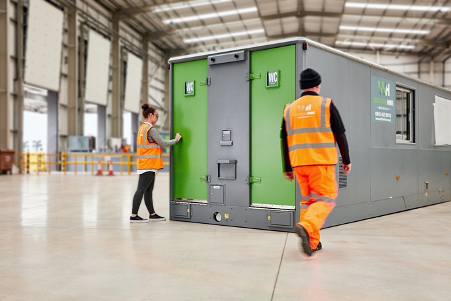

Maintaining social distancing and all the other vital elements of fighting a pandemic can be difficult. What we’ve learned is the only way to truly ensure necessary measures are followed at all times is to put clear, detailed processes in place – and follow them.
When hiring welfare units and access vehicles, the handover process is an easy-to-overlook opportunity for germs to spread and protocols to be breached. And that’s why we’ve put in place clear processes to ensure every single unit, including VMAPs and pole erection units, are handed over in a safely-distanced manner and every vehicle and all welfare units are cleaned and sanitised as soon as they are returned.
Ultimately, hiring welfare units and access vehicles throughout the pandemic has given us a new perspective on worksite safety that will carry forward with us. We believe, in the end, it will make the service we provide even safer, even more secure and even higher-quality than ever before.
